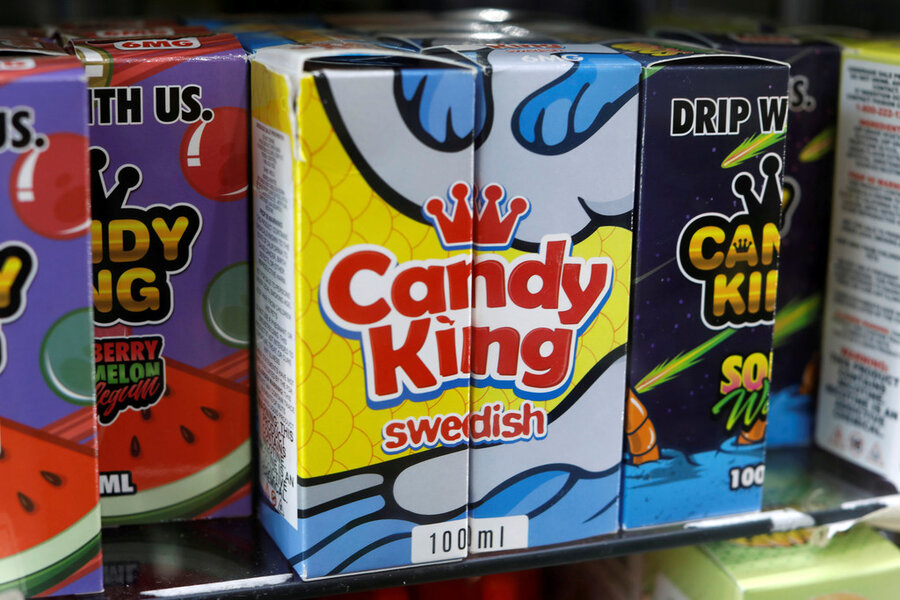The FDA’s crackdown on teen vaping
Loading...
A hallmark of the modern era is the length to which societies will go to protect their most innocent – children. On Sept. 12, for example, the Food and Drug Administration launched its largest coordinated enforcement action in the agency’s history, aimed at the marketing and selling of e-cigarettes to teenagers.
The FDA cited an “epidemic” rise in teen vaping over the past year, especially in the most popular brand, Juul, which entices young people with candylike flavors while delivering a strong dose of nicotine.
The agency’s move follows similar efforts this year in the United States to safeguard children, such as investor pressure on high-tech firms to deal with excessive screen time among kids. Another example is a rush among states to prevent online sports gambling among youths.
Worldwide, recent campaigns to keep children from harm are showing results.
The number of girls and boys doing hazardous work is down more than a third since 2000, according to the International Labor Organization. And since 2014, a United Nations campaign has freed more than 100,000 child soldiers in conflict zones.
Such efforts have steadily accelerated since 1989, when the UN adopted the Convention on the Rights of the Child. That pact was the most rapidly and widely ratified human rights treaty in history.
These successes on behalf of kids – and a near-universal presumption of their innocence – can help provide momentum to this new FDA crackdown. The agency has given makers of vaping devices two months to show they can keep them away from minors. And it warned more than 1,100 retailers about selling e-cigarettes to underage buyers.
The FDA’s core message: Children must first be protected from becoming addicted to nicotine even if it means less availability of e-cigarettes for adults trying to use the devices to end their tobacco habits. The latest federal data shows a 75 percent increase in e-cigarette use among high school students this year compared with 2017. Another survey shows a rise in teens adding marijuana to vaping products.
These trends make it urgent to assist children in self-regulating their behavior. The world is well on its way toward this goal with a shared and rising recognition of their innocence.







